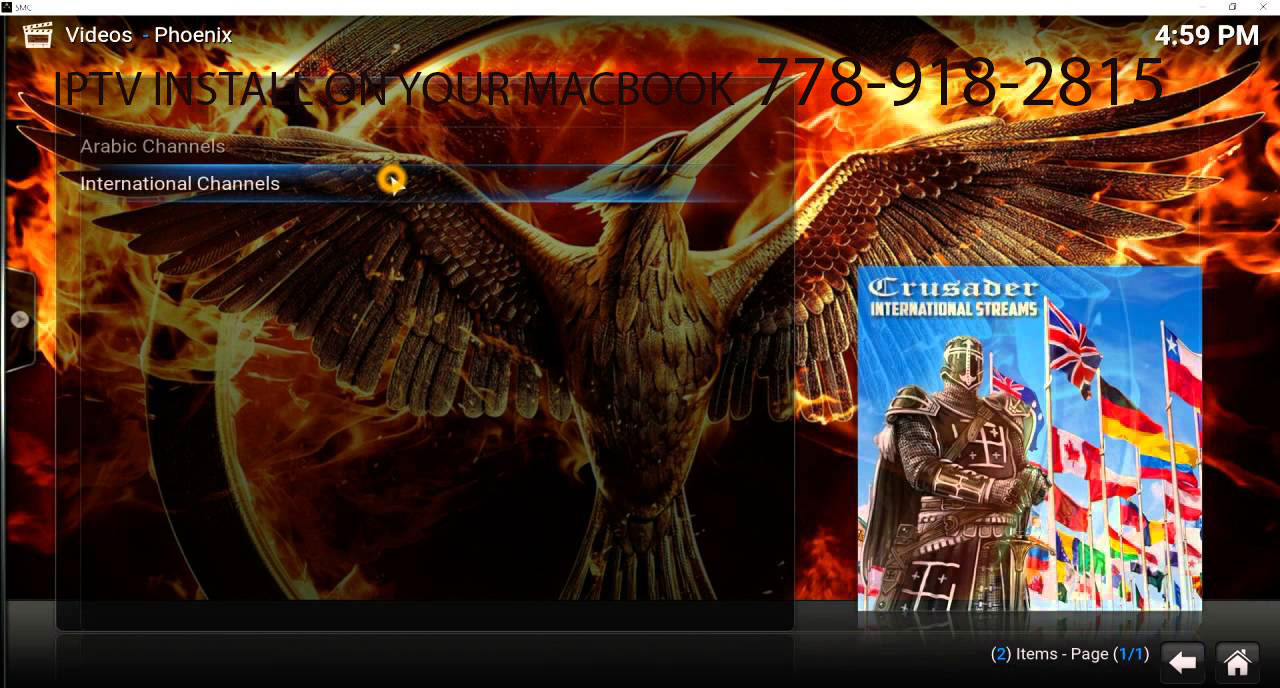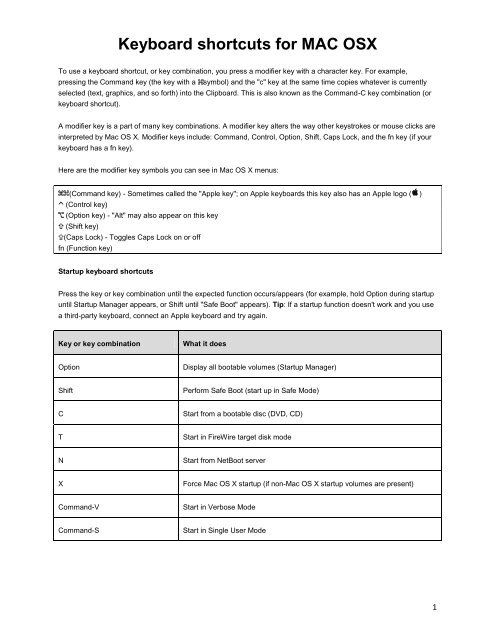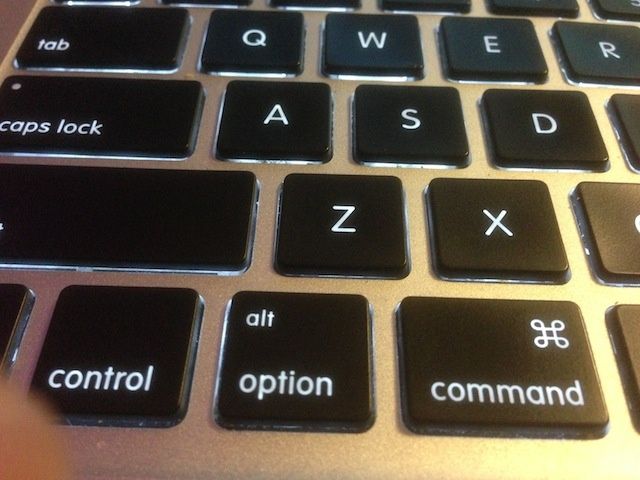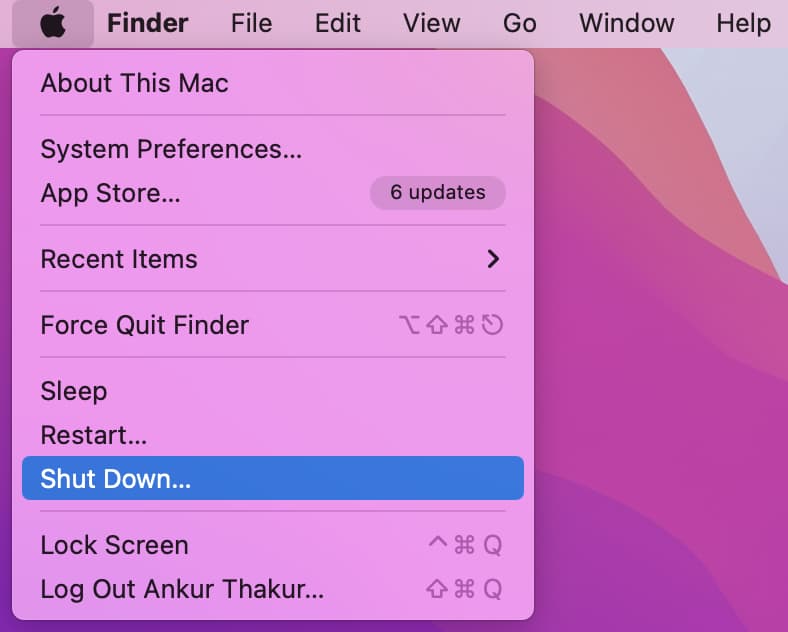
- #Boot mac option key mac os#
- #Boot mac option key install#
- #Boot mac option key update#
- #Boot mac option key windows#
The latter is OK, but he former can cause you to miss your window. GOTCHA #3: As of Fusion 11, Cmd+R is interpreted as either Restore Snapshot, or boot to firmware depending on when hit it. Use an Apple keyboard, or the built-in on a MacBook. GOTCHA #2: If you’re using a non-Apple keyboard the guest may not recognize Cmd+R.
#Boot mac option key mac os#
This can be changed by editing the Mac OS profile for the guest under “Keyboard & Mouse” If you see 'Apple T2 chip' on the right, your Mac has the Apple T2 chip.

In the sidebar, select either Controller or iBridge, depending on the version of macOS in use. HOWEVER – watch out for your VM keyboard setting to ensure you have not changed the default for sending Apple global keyboard shortcuts to the guest and not the host. Press and hold the Option key while choosing Apple menu > System Information. What I found was the community article below, which offers other suggestions to get your guest booted into recovery without messing with the nvram settings:
#Boot mac option key update#
I WAS HOPING that rather than removing the setting, changing TRUE to FALSE would cause a subsequent update of the nvram and allow the guest to boot normally. Normally the VMware engineers are pretty thorough – especially the hardware team.Īnyway, it appears that when Fusion encounters this setting on boot, it sets a flag in nvram. pointed out, this does not help if your goal is to disable SIP – since the boot to recovery setting is stored in nvram and the ONLY way to get the Mac guest to boot normally again is to remove the. Our screenshots reference VMware Fusion 10.1.3, although the basic process should work on most recent versions of the application. Note that this process is for VMware-based Mac virtual machines with their recovery partition intact. Instead, there’s an easier way to force a Mac VM to boot in Recovery Mode by simply editing the VM’s configuration file. It’s possible to use the Command-R key combination when booting a macOS VM in Fusion, but the time window in which Fusion will accept that command is so small that you’ll likely try dozens of times before it works. It’s easy enough to boot an actual Mac into Recovery Mode, but it’s significantly more difficult when using a Mac VM with an application like VMware Fusion. This works fairly well for using the operating system itself as a virtual machine, but pre-boot options like Recovery Mode are a bit trickier to deal with in terms of VMs.

#Boot mac option key install#
If you install High Sierra on a non SSD hard drive you will not come across this bug.For the past several years, Apple has allowed certain versions of macOS to be virtualized on Mac hardware.
#Boot mac option key windows#
This bug is due to the updated Apple File System (APFS) and we will let you know if Apple provides a fix to this with the Windows boot Camp Control panel. I recommend once you have booted into High Sierra that you go to: System preferences > Startup DiskĪnd make sure your Macintosh HD or the boot volume for High Sierra whichever you prefer to call it is selected and to switch between Windows Boot Camp and High Sierra you press and hold the alt (option) key ⌥ on startup, this will keep you out of a confusing boot sequence. Select your Macintosh HD (you can use the arrow key on the keyboard or click with your mouse or trackpad) in this case it’s Called SamSSD:Īnd hit Enter or click the arrow under the drive you want to boot from.

Let go of the alt (option) key ⌥ as soon as the Startup Manager window appears

However, the solution is very simple if not somewhat annoying.Īs soon as your Mac starts so as soon as the startup chime finishes press and hold the alt (option) key ⌥. Unfortunately, there is currently no way to fix the Boot camp control panel in Windows and this bug is related to Apple File System (APFS). The Windows “Boot Camp” partition will be selectable but that is all.Īnd if you have set the Windows Boot Camp partition as the Startup Disk in System preferences > Startup Disk in High Sierra then you will be stuck in a loop whereby every time you start up your Mac the Mac will boot into Windows. If like me you use the Boot Camp Control panel in Windows to restart your Mac into High Sierra and you are using an SSD drive for High Sierra, you may or may not notice that you can no longer choose your Macintosh startup disk in the Boot Camp Control Panel in Windows.


 0 kommentar(er)
0 kommentar(er)
